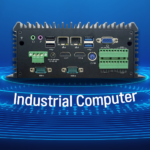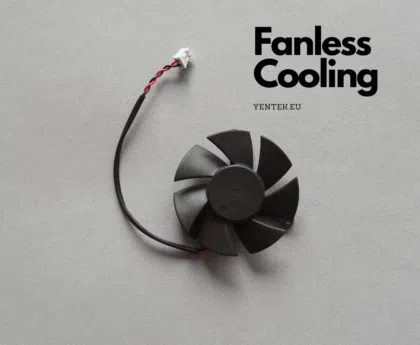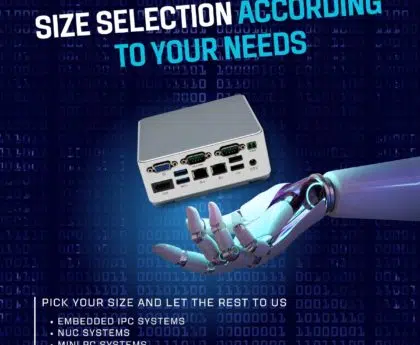Windows IoT explained
Windows 10/11 IoT is a family of Windows 10/11 editions designed for use in embedded and specialized devices, including those in the Internet of Things (IoT) and industrial sectors. Windows 10/11 IoT offers a range of features and capabilities to meet the needs of large organizations and businesses, especially those with stringent security and management requirements. The exact feature set may vary depending on the specific version and build of Windows IoT.
Here are some key features and characteristics of Windows 10/11 IoT:
- Customization: can be customized to include only the components and features necessary for a specific embedded or IoT application. This helps reduce the OS footprint and optimize system performance.
- Long-Term Servicing: Some versions, such as those based on the LTSC or LTSB branches, receive long-term servicing updates, providing stability and support for mission-critical systems.
- Compatibility: It offers compatibility with both Universal Windows Platform (UWP) apps and traditional Win32 applications, making it suitable for a wide range of applications.
- Security Features: Includes security features like BitLocker for data encryption, Windows Defender Antivirus, and Device Guard to enhance device security.
- Management Tools: It integrates with management tools like Microsoft Intune and System Center Configuration Manager (SCCM) for remote device management and updates.
- IoT-Specific Features: Includes IoT-specific optimizations and features, such as support for specialized hardware and device peripherals commonly used in industrial and embedded applications.
- Licensing: Licensing for Windows 10/11 IoT can vary based on the specific edition and usage scenario. Organizations should review Microsoft’s licensing documentation to ensure compliance.
Here’s how Windows IoT can be used on embedded systems:
- Supported Hardware Platforms: Supports various hardware platforms, including ARM-based and x86-based processors. This compatibility allows it to run on a variety of embedded systems, including single-board computers (SBCs) like Raspberry Pi, industrial PCs, custom-designed embedded boards, and more.
- Customization: Can be tailored to suit the specific requirements of embedded systems. Developers can choose and install only the necessary components and drivers, which helps minimize the OS footprint and optimize system performance.
- Development Framework: Provides a development framework for building applications using the Universal Windows Platform (UWP). Developers can use familiar tools like Visual Studio to create UWP apps that run on Windows IoT devices.
- Remote Management: Supports remote management and monitoring, allowing administrators to remotely configure, update, and troubleshoot embedded systems. This feature is valuable for distributed IoT deployments.
- Connectivity: Embedded systems running Windows IoT can easily connect to the internet, other devices, and cloud services. This connectivity is essential for IoT applications that rely on data collection, analytics, and remote control.
- Security: Microsoft provides security features and regular updates for Windows IoT to help protect embedded systems from vulnerabilities and security threats, a critical consideration for IoT devices.
There are three versions which are compatible with specific CPUs:
•WIN10/11 IoT Entry Atom,Celeron N3160,N3060,N3010,N2930,N2807,J1900,J4125
•WIN10/11 IoT Value Core i3,Core i5,Core M,Pentium,Celeron
•WIN10/11 IoT High Core i7, Xeon





